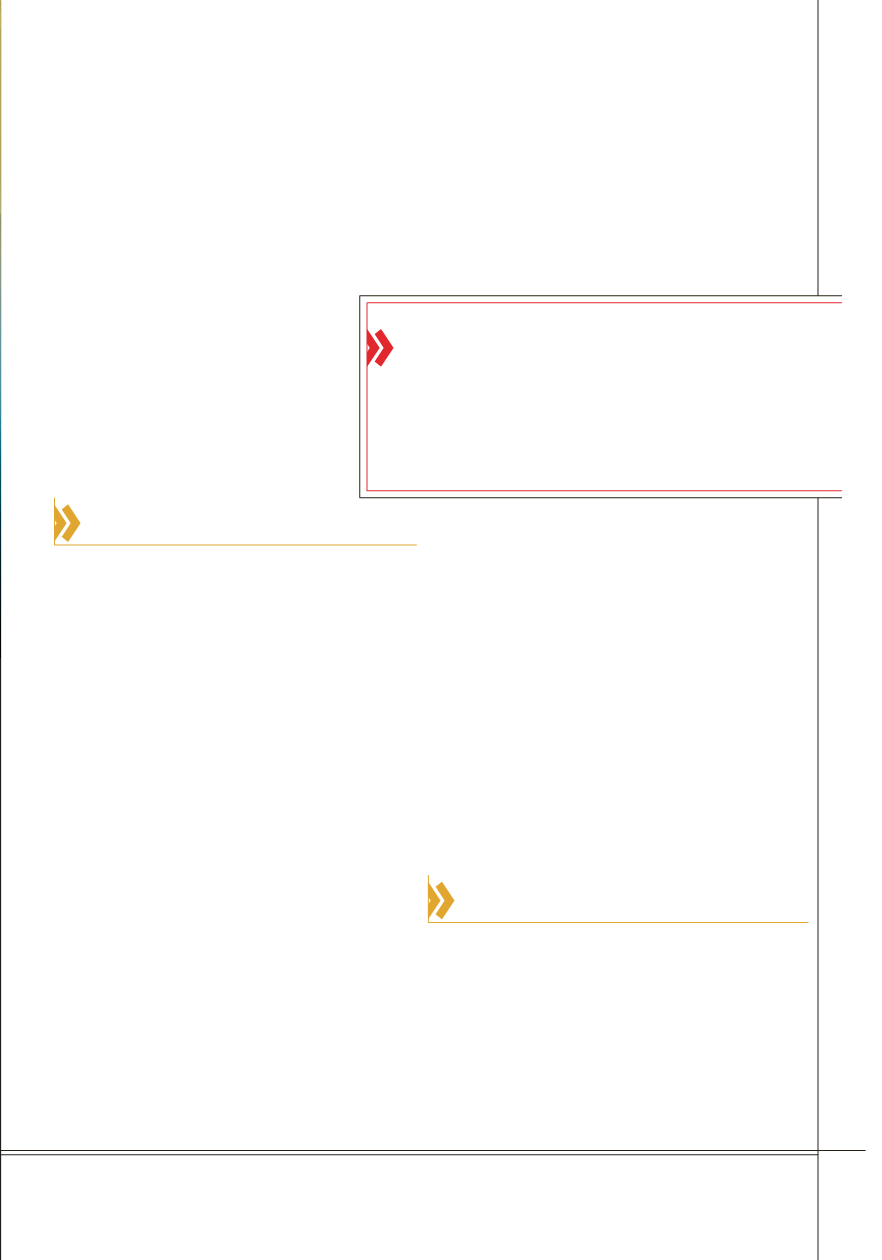
I N N O V AT I O N S • A P R I L - J U N E 2 0 1 4
11
CONTINUED ON PAGE 26
time, little thought was given to either short-term
safety issues, or the long-term consequences on
the health of the people or the land they impacted.
History marks this era of rapacious growth as a
cautionary tale for others attempting to harvest
resources from deep beneath the surface of the Earth.
As operators probe further and further to find
resources, the frontier they must now
contend with lies deep beneath the
ocean floor. Until not long ago, the
challenges that faced them in this hostile
environment made viable oil production
next to impossible. However, advances in
deepwater oil and gas technologies have
allowed production to shift into high gear.
But the process is not without caveats.
“THE GAP”
The nature of deepwater production requires
multiple systems, including flow-lines, to withstand
the extreme pressures of the external environment
and that of the reservoir. Various flow-line
architectures exist which contend with these
pressures and the potential shifts in temperature
due to production. Steel pipe covered with external
insulation, pipe-in-pipe (PIP), and other “layered”
pipeline systems have emerged which accommodate
these pressure and thermal demands.
The architectures which make these deepwater
pipes effective in maintaining product flow –
combined with the effects of the high-pressure,
high-temperature (HPHT) environments into which
the “next generation” pipe is often deployed – have
created a unique set of obstacles for inspection, repair,
maintenance, and expansion.
The industry has made laudable advances. For
example, to help prevent hydrates and wax buildup
from blocking deepwater lines, engineers have
introduced new forms of insulation and heated flow
lines, while swaged end connections can shut down
production in the event of an outer pipe breach. But
as the industry steers toward deepwater production,
the technology to service these applications has a way
to go to catch up.
What happens, for example, should a hydrate
or paraffin blockage occur in one of these remote
deepwater lines? If the operator is not able to remove
the blockage by non-intrusive means, intrusive
methodologies provide the only chance to resume
flow within the line. This scenario requires remote
installation of a fitting, remote tapping of the line,
and remote insertion of technologies to remove the
hydrate or paraffin blockage.
“Service providers are tasked with matching
their solutions to the needs of the operator
throughout the lifecycle of the pipeline,” notes
Jeff Wilson, Chief Technology Officer for T.D.
Williamson (TDW). “They must also ensure
that both the specific tasks of the intervention
go according to plan, and that the long-term
reliability for any systems remaining on the line
following the intervention is considered and
accounted for.”
Finally, aside from general maintenance
and servicing needs, the technology to monitor
integrity and, hopefully, prevent deepwater
calamity before it becomes catastrophic, must also
be brought up to speed.
PIONEERS ON THE NEW FRONTIER
Joint industry projects (JIPs) are one way that oil
and gas companies, pipeline service providers, and
technology experts from outside the industry are
coming together to help fill the technological gaps
associated with servicing pipelines in deepwater
environments. Through combined expertise,
efforts and financial resources, JIP participants can
more quickly address and overcome the myriad
As operators probe further and
further to find resources, the frontier
they must now contend with lies
deep beneath the ocean floor.


